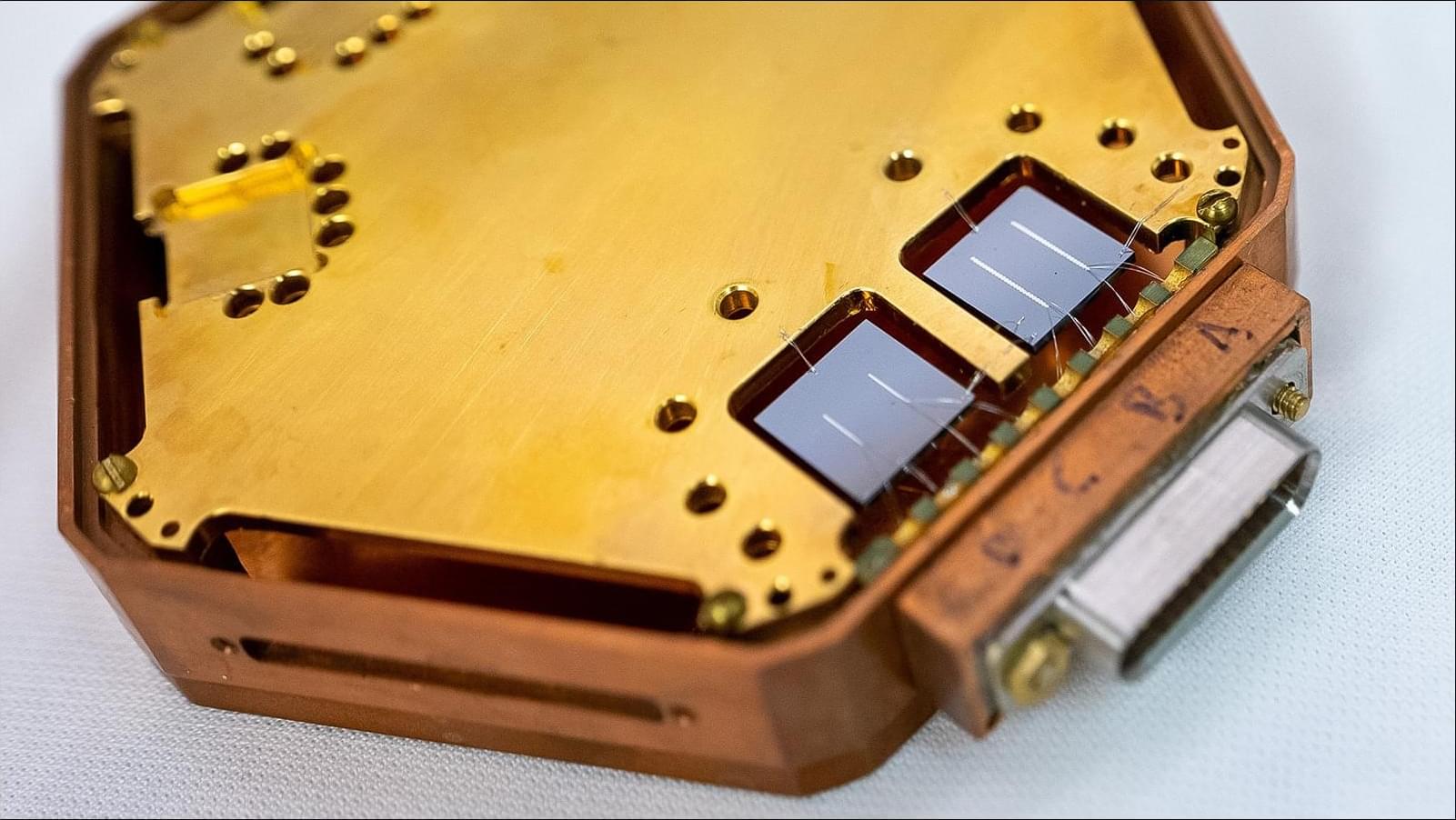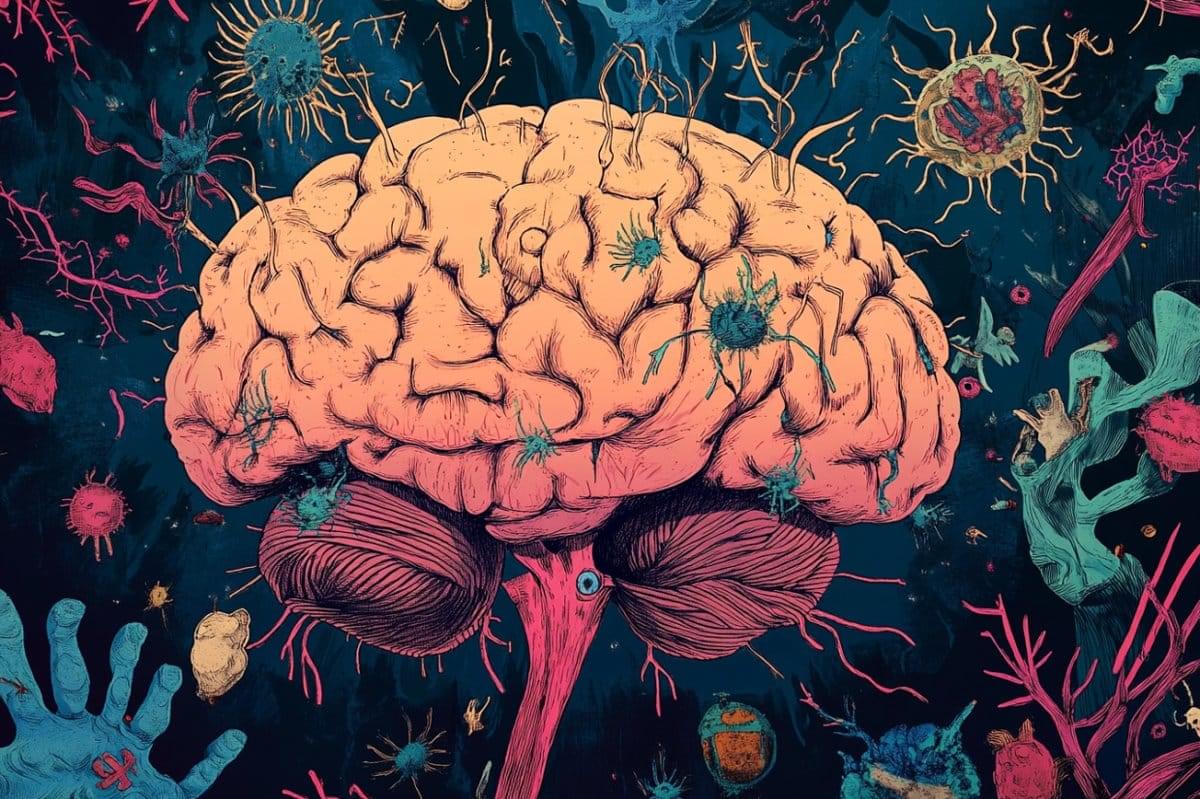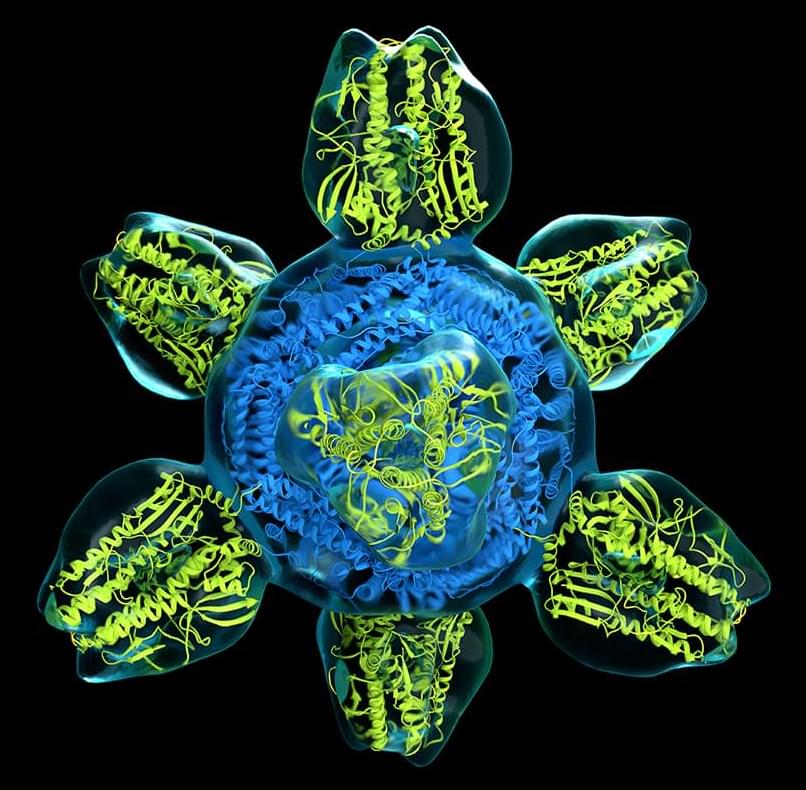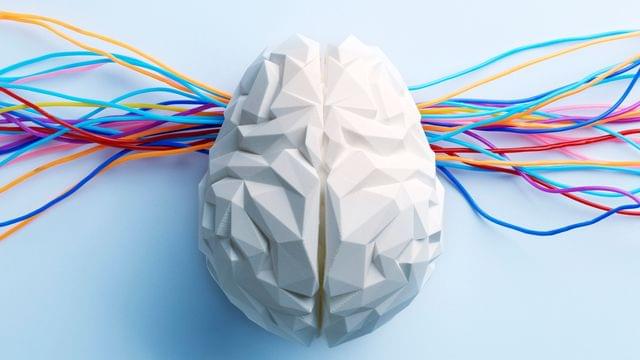TESSERACT has developed exquisitely sensitive transition-edge sensors that open up new searches for dark matter and have potential applications in quantum computing.
A new bacteria-killing paint shows powerful promise in eliminating dangerous pathogens like MRSA and COVID-19 from hard surfaces. Infused with chlorhexidine, a trusted dental disinfectant, the coating works on plastics and metals and activates once dry. Collaborating with industrial paint maker I
There’s a sweet spot for the amount of daily steps you need to counteract a highly sedentary lifestyle, and research indicates what it is.
New research suggests that lingering cell wall fragments from the Lyme disease bacterium, Borrelia burgdorferi, may be responsible for persistent symptoms long after antibiotic treatment.
Four decades ago, researchers raced to image proteins with electron microscopes cooled with liquid helium to near absolute zero. They hoped the extreme cold would reduce the radiation damage produced by the microscopes’ electron beams, resulting in sharper views. But inexplicably the images invariably came back fuzzier than when the machines ran at warmer liquid nitrogen temperatures. After years of frustration, helium cooling was all but abandoned. Now, researchers in the United Kingdom have finally figured out the problem: The lower temperature causes ice surrounding the proteins to buckle, distorting the images. And they’ve come up with a workaround to prevent the buckling and sharpen the resolution.
“It’s great they managed to get this to work,” says Peter Denes, a physicist at Lawrence Berkeley National Laboratory. Elspeth Garman, a structural biologist at the University of Oxford, adds that the resolution improvement “will feed into getting better detail of bigger protein complexes and smaller protein components within these complexes,” she says.
A new study reveals that immune resilience, a person’s ability to maintain a robust, youthful immune system, plays a critical role in promoting long-term health and extending life.
Laboratory experiments have coaxed simple molecules into states that naturally become more complex, hinting at the origins of evolution itself
A new study offers insight into what is happening in our brains when our working memory must use its limited resources to remember multiple things.
Researchers found that two parts of the brain work together to ensure that more brain resources are given to remember a priority item when a person is juggling more than one item in memory.
The study involved people remembering spatial locations. Imagine seeing two books on different shelves of a cluttered bookcase that was not arranged in any order. How could you remember where they were if you came back a few seconds later?
We are surrounded by a multiplicity of materials, from metals and alloys to crystals, glasses, and ceramics; from polymers and plastics to organic and living-derived substances; and let’s not forget natural materials like stone and exotic materials like aerogel.
The amazing thing to me is that all these materials are formed from different combinations of the same small group of elements. For example, while living organisms and other objects can contain traces of many elements, a core group does the heavy lifting; only six elements—carbon ©, hydrogen (H), oxygen (O), nitrogen (N), phosphorus ℗, and sulfur (S)—make up over 95% of the mass of most living things.
Similarly, only eight elements—oxygen (O), silicon (Si), aluminum (Al), iron (Fe), calcium (Ca), Sodium (Na), potassium (K), and magnesium (Mg)—make up more than 98% of the Earth’s crust.
“We’ll See Gravity Like Never Before”: NASA’s Wild Quantum Gradiometer Will Map Earth’s Invisible Forces From Orbit
Posted in particle physics, quantum physics, space | Leave a Comment on “We’ll See Gravity Like Never Before”: NASA’s Wild Quantum Gradiometer Will Map Earth’s Invisible Forces From Orbit
IN A NUTSHELL 











